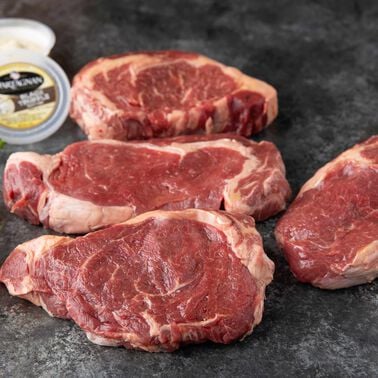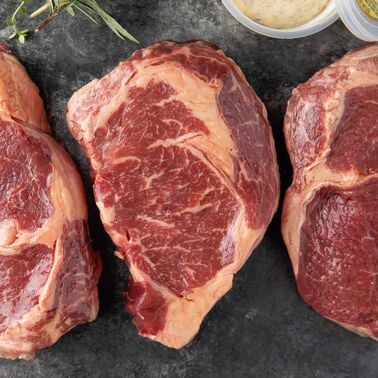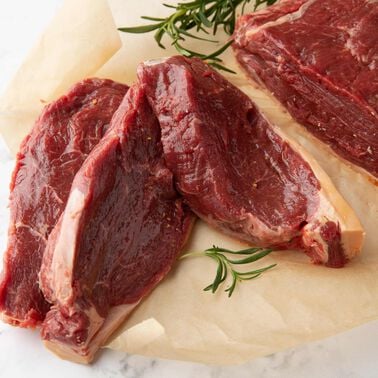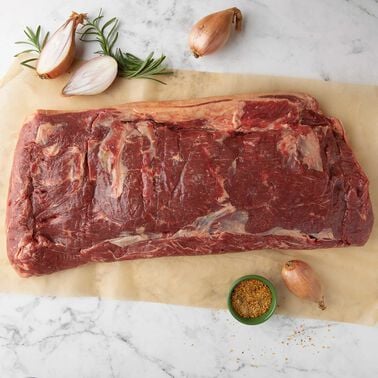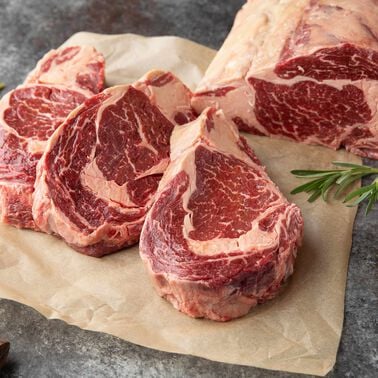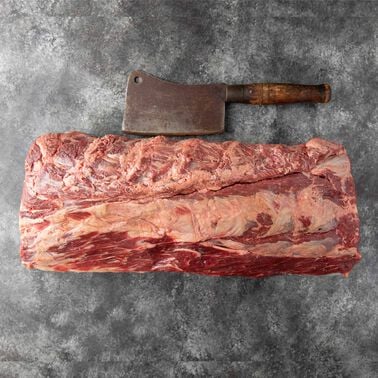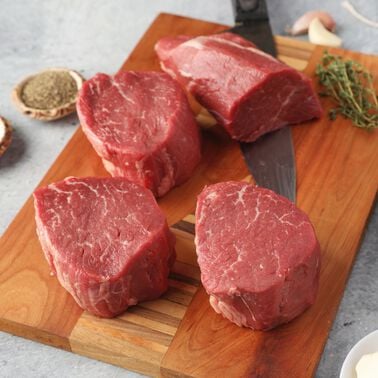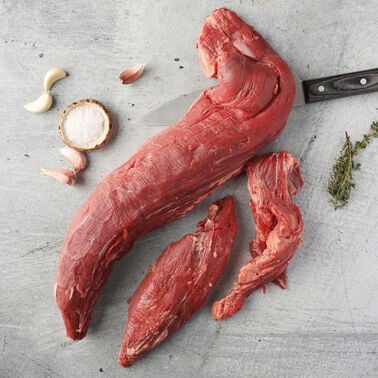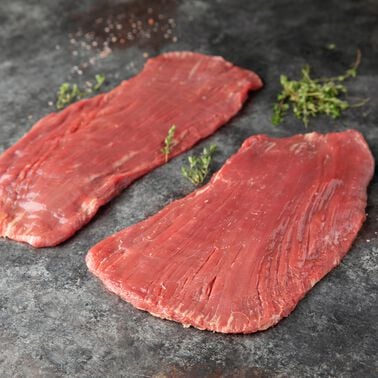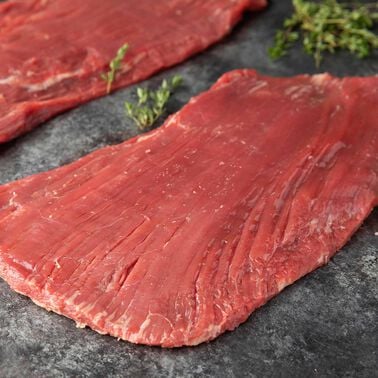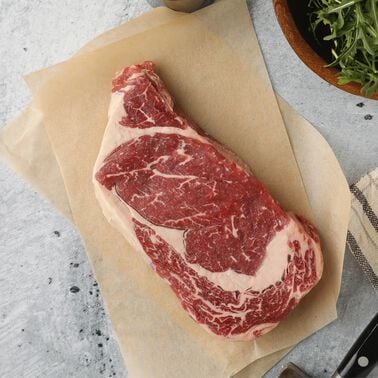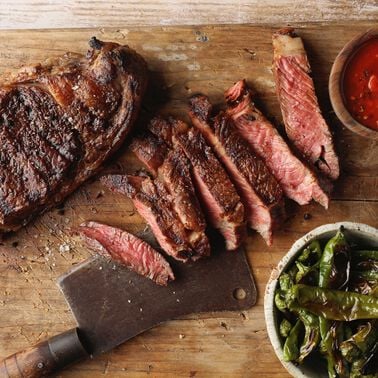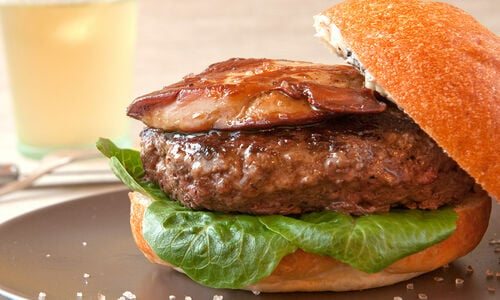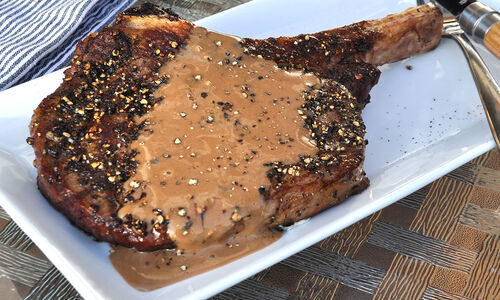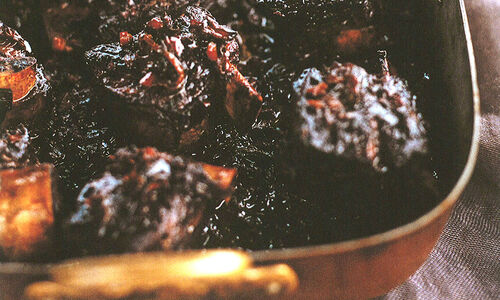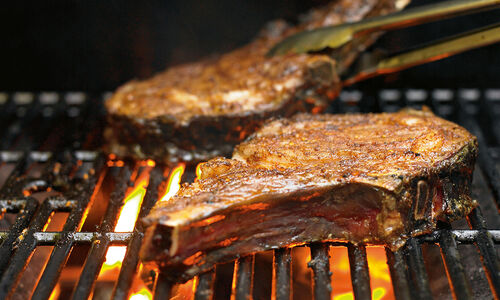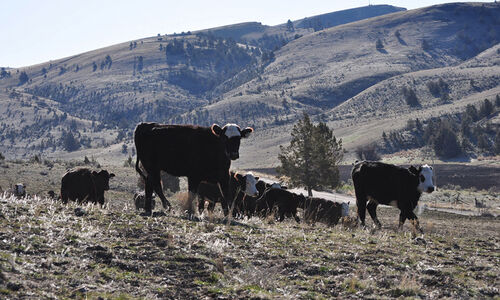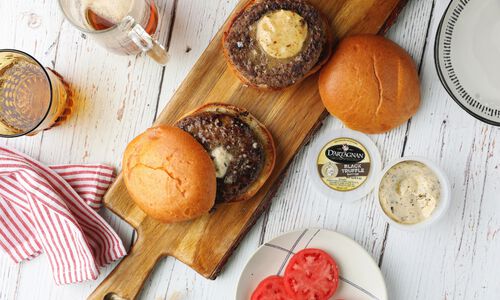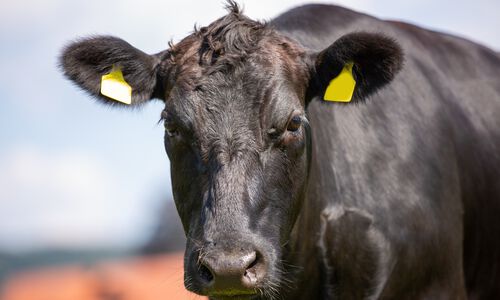
Grass-fed beef comes from cattle that are allowed to graze in open pastures and eat nothing but grass, which is what ruminants are designed to do. Cows have a specialized organ called a rumen, which harbors beneficial microbes that convert the cellulose fibers in grass into essential nutrients.
Those who raise cattle this way often refer to themselves as “grass farmers,” because managing the grass and the time cattle graze on it is their primary focus. They imitate the natural rhythms of native ruminants – think bison on the prairie –and rotationally graze the cattle just enough to gently browse the grasses, eating until they are content.
Grass-fed Beef for the Environment
Beef production has been criticized for contributing to greenhouse gas emissions such as carbon dioxide and methane, but recent science shows that grazing cattle responsibly can be of great benefit to the environment. Cattle in an adaptive multi-paddock grazing system nourish the soil with their manure and hooves and build fertile topsoil (which mono-cropping grains and vegetables does not do).
Deep-rooted perennial grasses are able to cycle in minerals like calcium, magnesium and iodine, and are more effective at holding topsoil, as well as protecting soil from erosion and the effects of drought. This type of regenerative agriculture supports healthy grasslands that sequester carbon, and can only exist with animals as a vital part of the complex and biodiverse system. It is said that we owe our existence to a six-inch layer of topsoil and the fact that it rains … and much of that topsoil is due to ruminants.
Grain-fed Cattle – A Matter of Taste
The majority of ranchers in the United States allow cattle to graze on grass anywhere from 3 – 14 months before transitioning them into a grain-based diet, corn, and soy. Grains are carbohydrates, which fattens the cattle, yielding more marbled meat than grass feeding alone. This is why the taste and texture of grass-fed beef may seem firmer and leaner to those accustomed to eating grain-fed beef.
There is evidence that grass-fed beef is slightly more nutritionally dense than grain-fed beef, with a better ratio of Omega-6 to Omega-3. Whichever type you prefer, all beef is packed with nutrients. With B12 and B6, Vitamin D, iron, and other bioavailable minerals, you might say beef is the original superfood.
D'Artagnan's Beef
D’Artagnan offers the best of both worlds: 100% grass-fed beef, as well as grain-finished beef for those who favor it.
Our grass-fed beef is raised by a cooperative of small ranches fully committed to sustainable and ethical practices, organized by a sixth-generation family-run meat business in Southern Australia and Tasmania.
The cattle are raised in a stress-free, humane environment on vast pastures of nutritious grasses. The pristine, remote locations offer fresh ocean breezes proven to be the cleanest air in the world. The Angus and English cattle breeds are selected for genetics that deliver consistent high-quality beef with rich, full flavor and lush texture.
The ranchers maintain the integrity of traditional grass-fed production while taking advantage of technology to trace every cut back to the ranch that produced it. A third-party auditor monitors the animals for their entire lives, including breeding.
The grass-fed beef is certified by the Humane Farm Animal Care Association and their seal is a guarantee that every aspect of the program meets precise, objective standards for farm animal treatment.
None of our beef cattle have been subjected to antibiotics, hormones, or the animal by-products that are all too common in contemporary meat production, nor have they spent time in crowded feedlots. This is better for the cattle, the ranchers, the environment, and ultimately, for the taste and quality of the beef.
